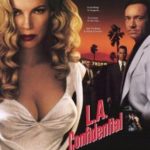 Kim Basinger’s initial answer to playing the voluptuous call girl Lynn Bracken in “L.A. Confidential” was a resounding “no.”
Kim Basinger’s initial answer to playing the voluptuous call girl Lynn Bracken in “L.A. Confidential” was a resounding “no.”
“I’m not going to play a whore! I’m a Mom now,” she recalled saying. (Basinger gave birth to daughter Ireland Baldwin in October of 1995.)
Basinger was speaking at Tuesday night’s screening of the movie, marking its 20th anniversary, held at the Laemmle Ahrya Fine Arts Theatre in Beverly Hills. Co-star Guy Pearce (squeaky clean Det. Ed Exley) joined her for the Q&A, which was moderated by critic Stephen Farber.
But the film’s director Curtis Hanson was determined and invited Basinger to meet him at the Formosa Café to discuss the idea. (The famous bar/restaurant would later feature in the film – it’s there that Kevin Spacey as cop Jack Vincennes gives his perfectly timed line: “It is Lana Turner.”)
At the Formosa, Basinger said she experienced “the seduction of Curtis Hanson,” referring to his eloquence and deadpanning that he was “very manipulative.”
Hanson’s persistence paid off: Basinger won a Best Supporting Actress Oscar for her portrayal. “He believed in me much more than I believed in myself,” she said. “He had a magical connection with actors and with people in general.”
(Hanson and Basinger worked together again in 2002’s “8 Mile,” with Hanson remarking, while she was deciding whether to take the part, “I know if she fears it, she’s going to do it.” Sadly, Hanson died on Sept. 20, 2016.)

Fans wait in line late Tuesday afternoon at Laemmle’s Ahrya Fine Arts Theatre on Wilshire Boulevard in Los Angeles.
Playing Ed Exley was a much easier choice for Pearce, who was unknown in America at that time, though he remembered being a little overwhelmed by the plot’s twists and turns. “I read the script and I was really confused,” he laughed.
(Hanson and Brian Helgeland earned an Oscar for their screenplay adaptation of James Ellroy’s novel.)
Once Pearce heard that fellow Aussie Russell Crowe had been cast as muscle-bound cop Bud White, he was eager to be a part of the production, adding that he went through extensive screen tests at Warner Bros. before it was a done deal.
“L.A. Confidential” turned out to be Pearce’s break-through role. As he put it: “It’s the greatest film I’ve ever been a part of. It sticks with me like nothing else.”
(Pearce went on to make many more films, including “Memento” in 2000, “The Hurt Locker” in 2008, and “Iron Man 3” in 2013.)
Pearce and Basinger both credit Hanson with being a calming presence and encouraging them to bring stillness to the screen. A true cinephile who had the cast watch a “film noir retrospective” to get in an old-school mood, Hanson pushed back when he was nudged by execs to speed up the production, telling them: “You can hurry me along all you want but I’m not going to go any faster.”
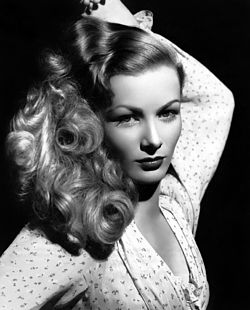
Veronica Lake was famous for her hair. Basinger was as well – as a Breck Shampoo girl. In the film, Basinger plays a call girl who is Lake’s doppelgänger.
Hanson’s treatment of his actors was often gentle but also spare. Basinger remembered being rattled after doing a scene repeatedly, noting that she had trouble walking gracefully in long gowns and clunky 1940s shoes, à la Veronica Lake.
She asked Hanson for help. His answer: “Do it again.”
“He was utterly inspiring, really,” said Pearce. “He was a mentor, a father figure and we stayed close friends.”
Pearce also shared Crowe’s advice before a close-up. He told Pearce: “Don’t blink.”
Basinger took the opportunity on Tuesday night to thank Pearce and Crowe for their support in her Oscar win, explaining that she’d been too flustered to do so at the time. With “Titanic” sweeping the awards that year, she was sure the trophy would go to Gloria Stuart. “When you hear your name, you freeze! You lose your hands. You lose your feet. You can’t think. I just sat there until Curtis, who was sitting behind me, nudged me. Jack Nicholson had to help me to the stage.”
At 63, and still every inch a beautiful blonde, Basinger looked sleek and slim in a black blazer and blouse, cuffed jeans, white socks and black Oxfords.
When an audience member asked if they had considered making Lynn a brunette for the film’s final scene (in which she leaves Los Angeles, with Bud, for Arizona), Basinger paused a moment, then replied: “I don’t think there was any thought of that,” she said. “I think she was really happy being a blonde.”
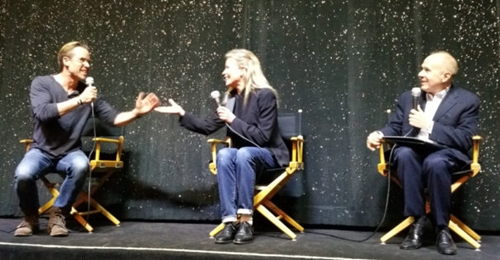
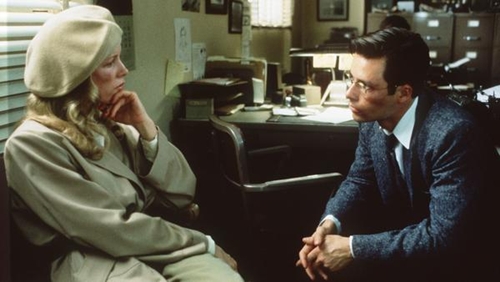
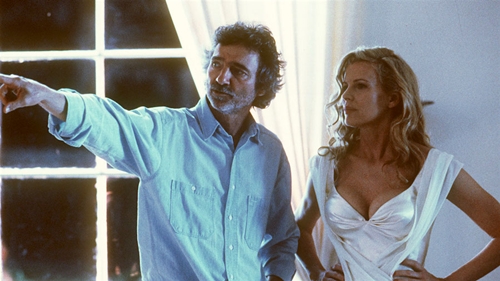





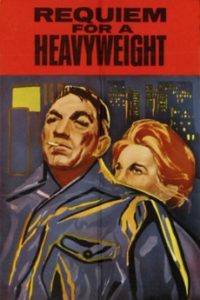
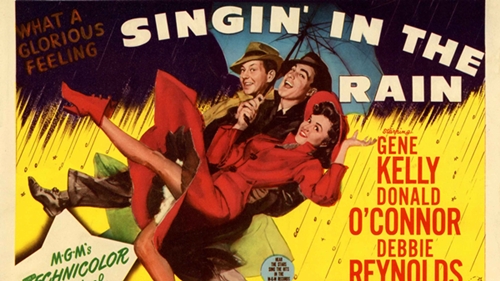
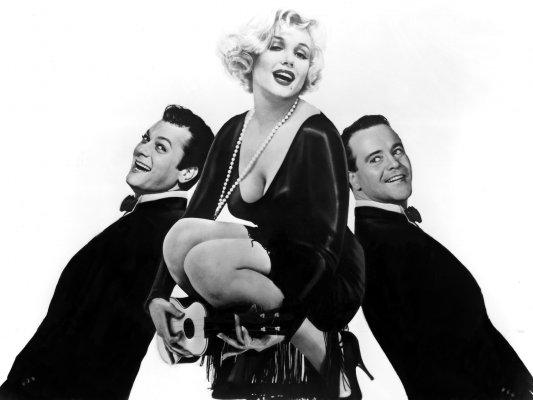
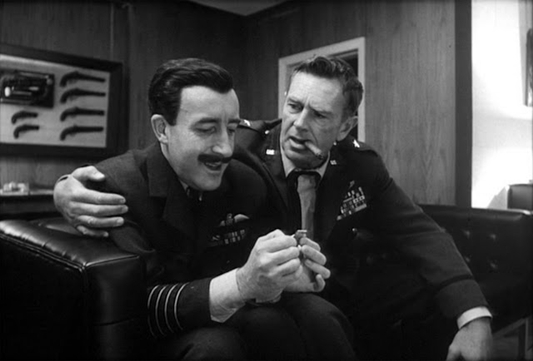

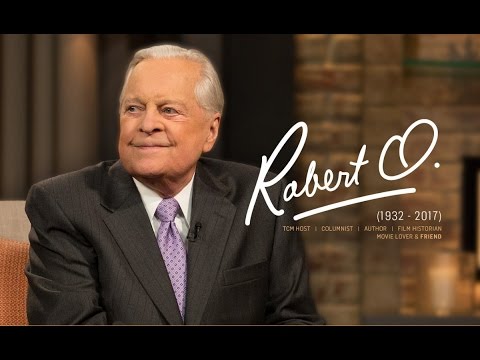

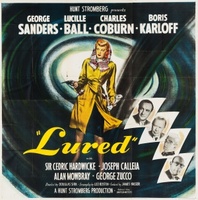
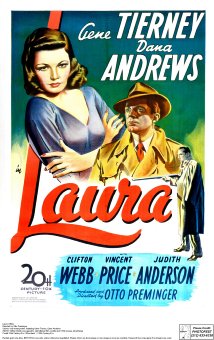
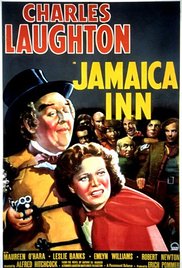
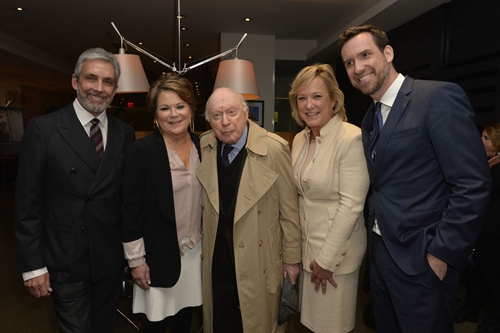
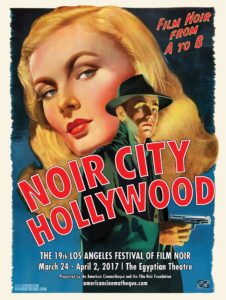


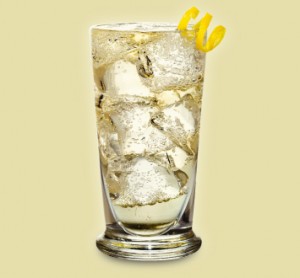

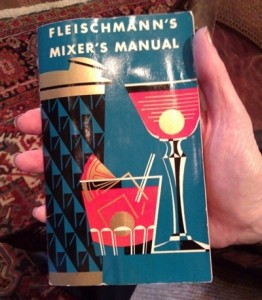

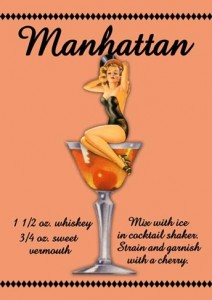

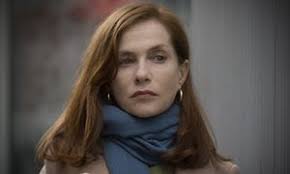
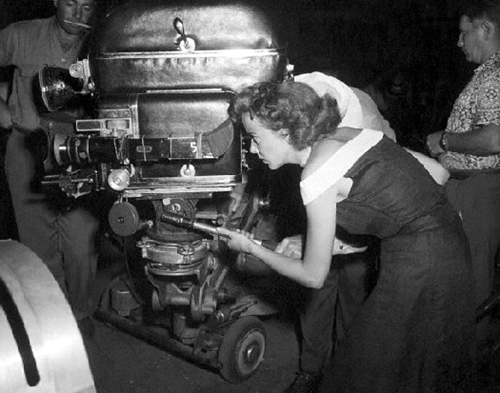
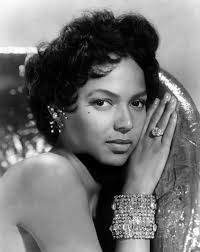
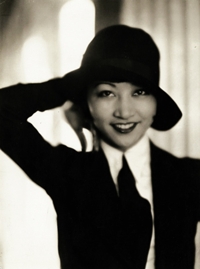
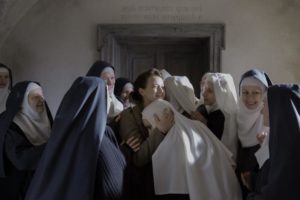
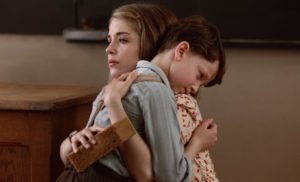
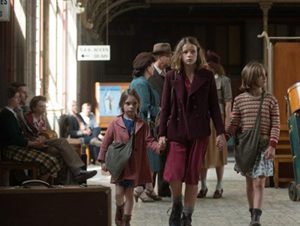





From FNB readers